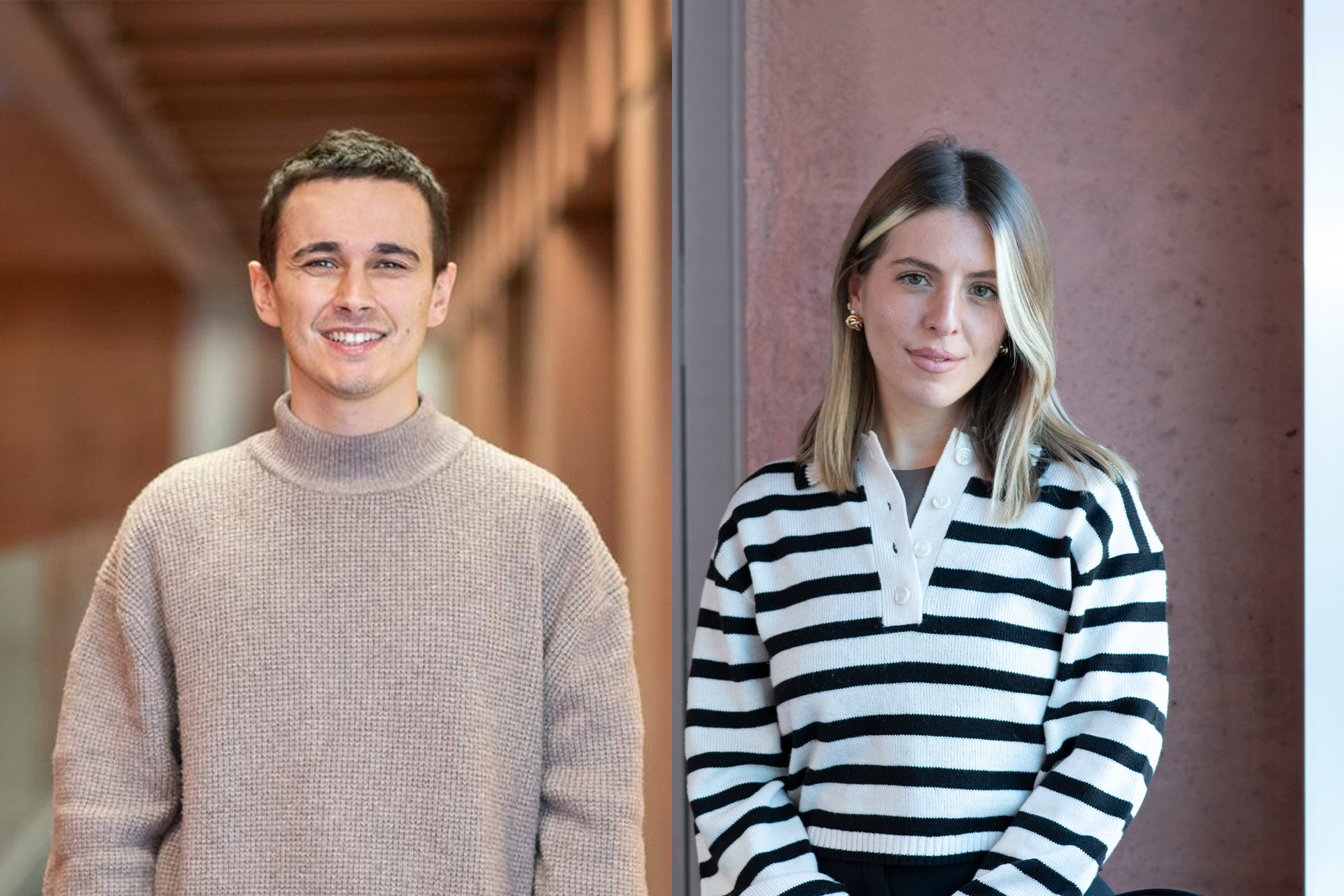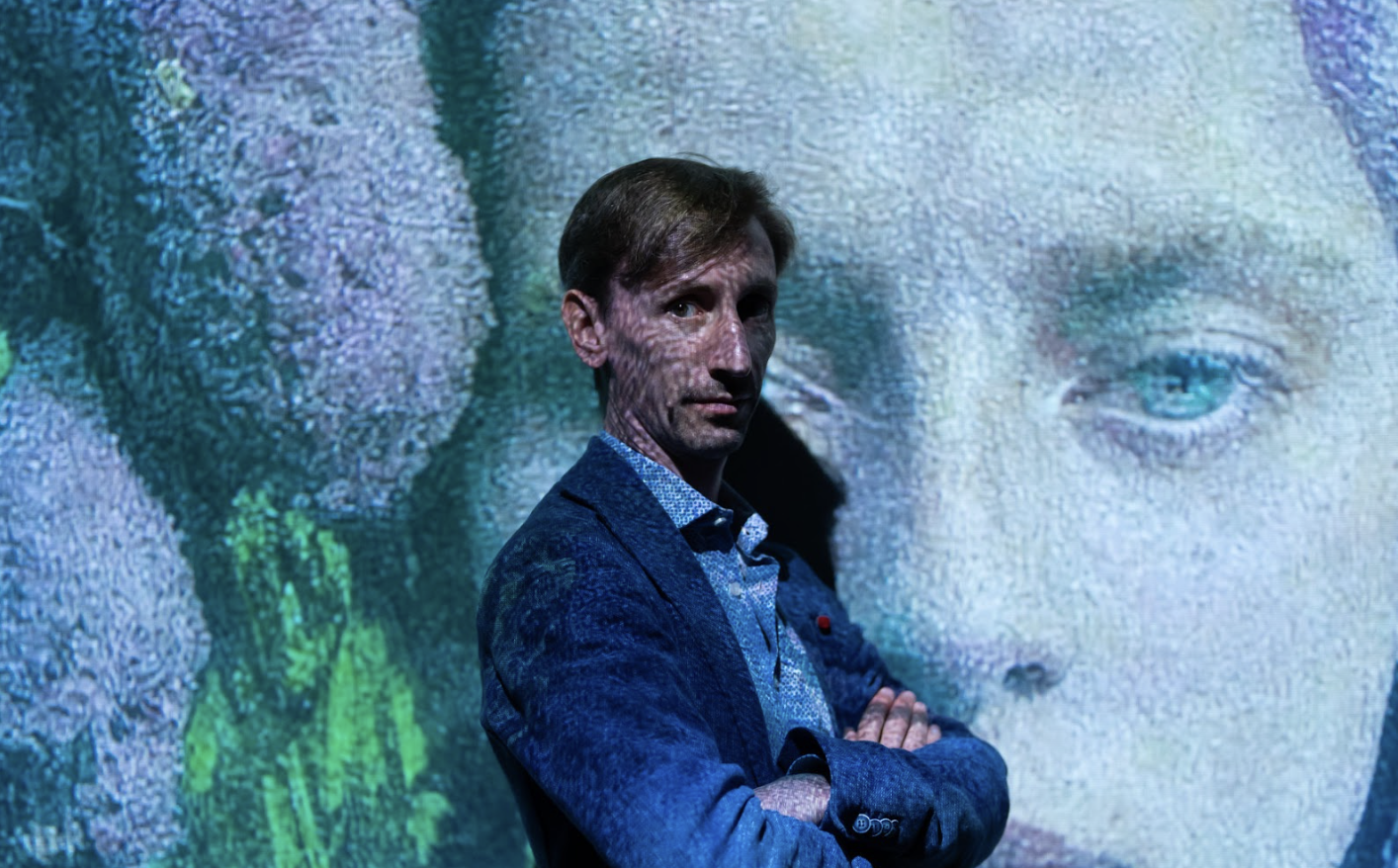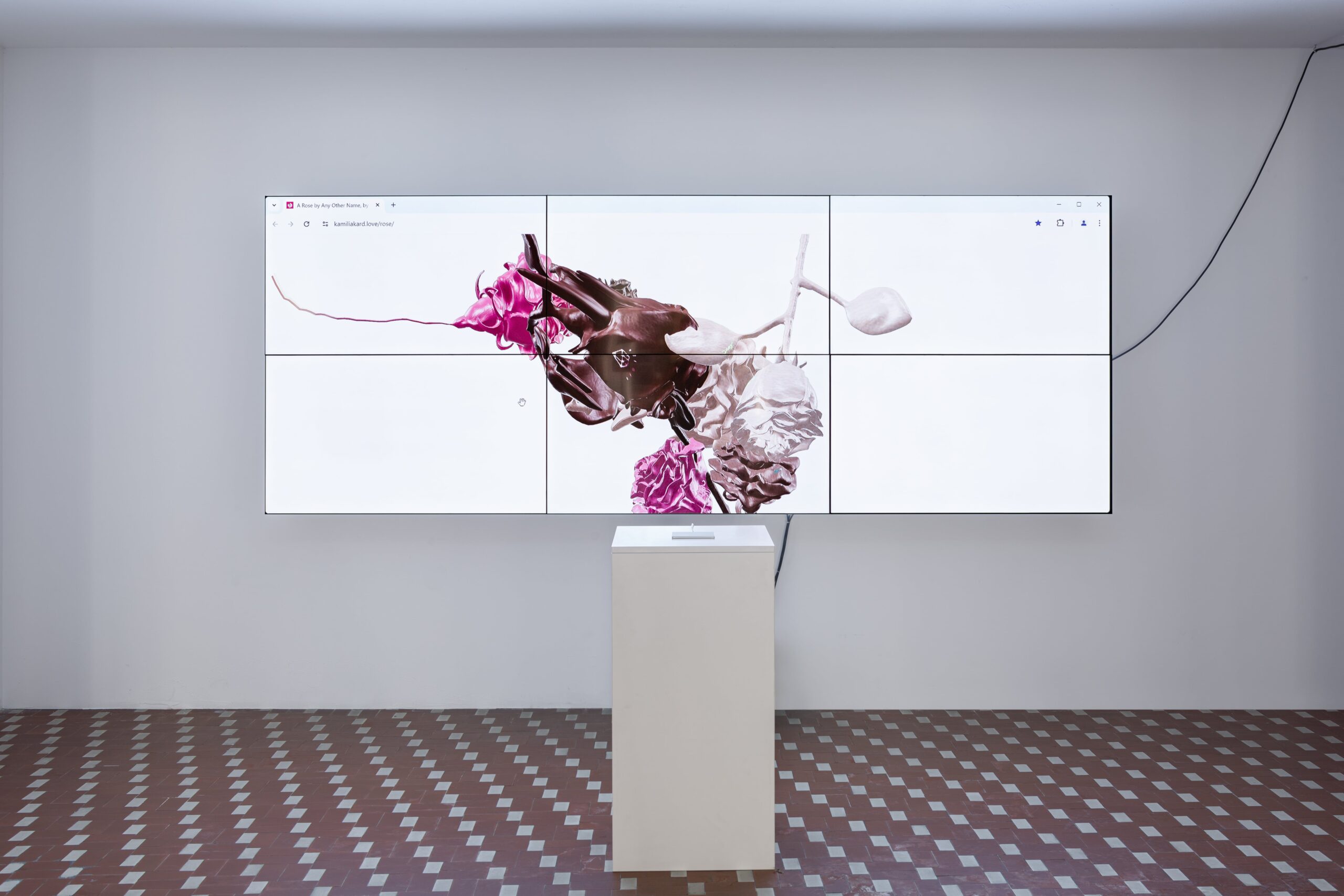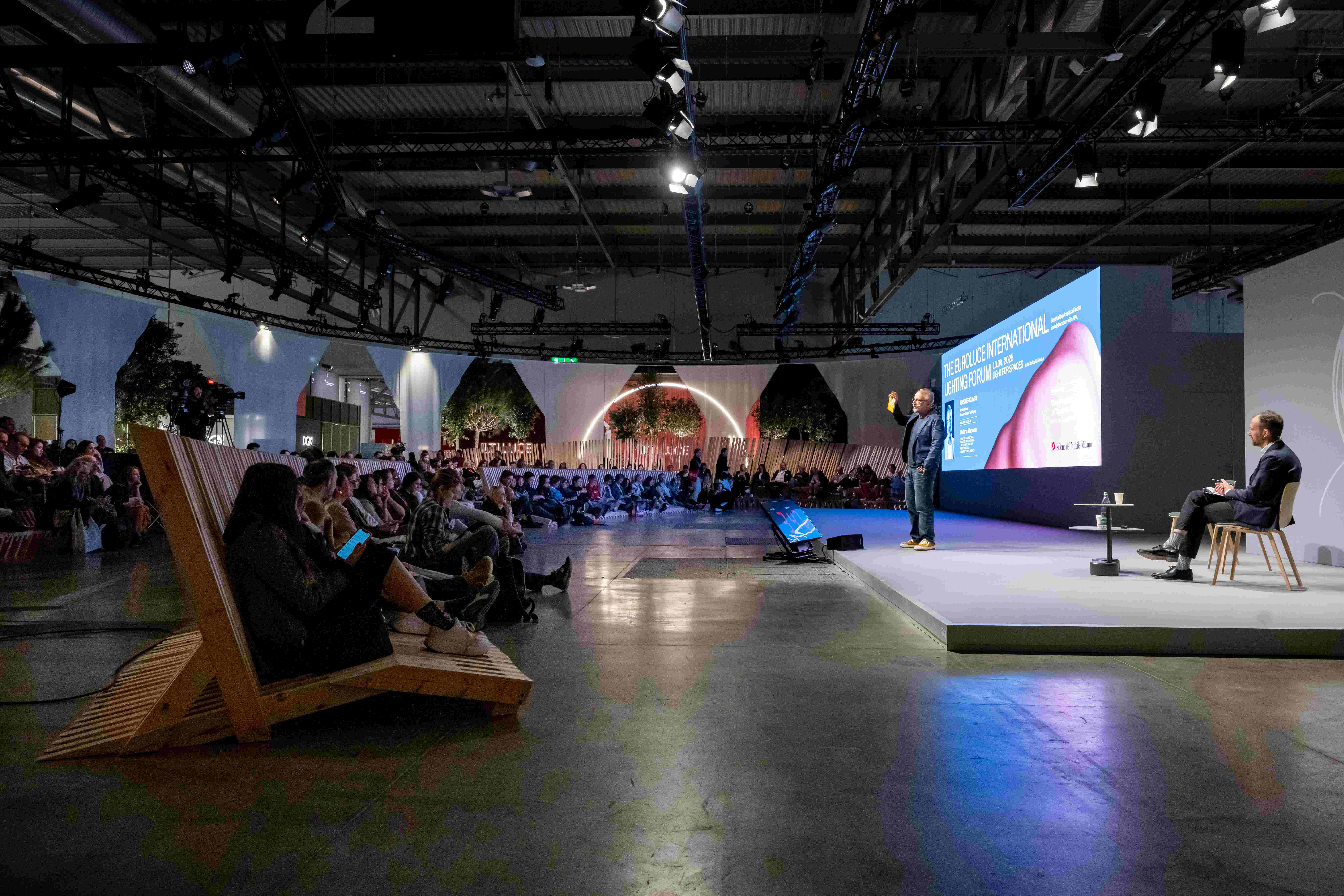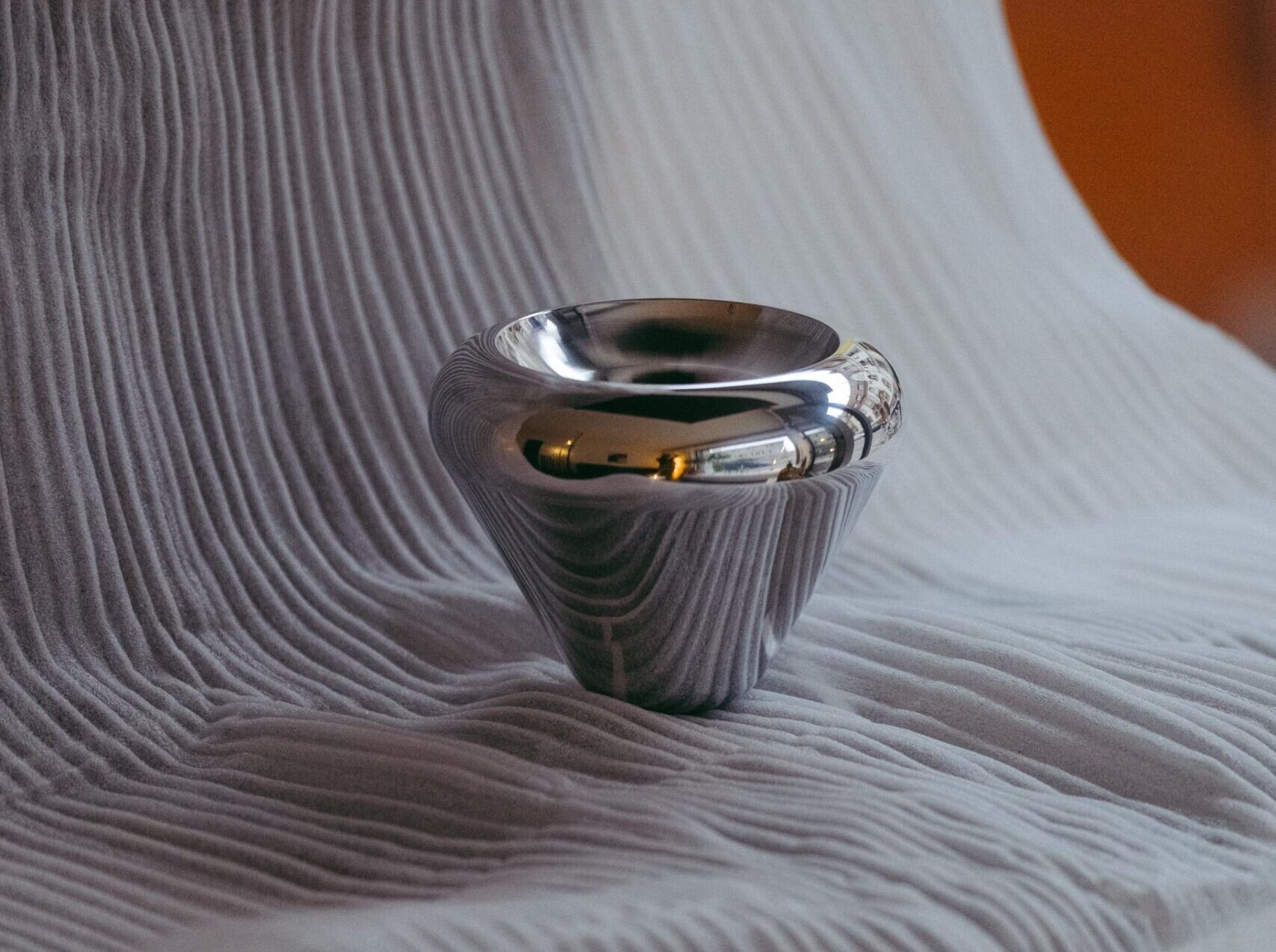London-based artist Frankie Boyle is internationally recognized for her innovative approach to lighting design, redefining how we see and experience light. Her immersive installations encourage emotional introspection and explore light as a tool for human connection and self-awareness. With a solid foundation in physics and color theory, she goes beyond aesthetics, creating sensorial experiences that challenge perception and invite audiences to reflect on their inner state.
A multidisciplinary artist, Boyle merges art, science/neuroscience, and technology to examine the intricate relationship between light and emotion, between human biology and technological artifice. Her goal is to positively influence not only sensory perception but also psychological well-being.
As a child, you were diagnosed with a language disorder, which led you to develop heightened sensory abilities, particularly in perceiving light. How has this experience shaped your creativity?
«From an early age, my sensitivity to light shaped how I perceive and interact with the world. I’m an extremely visual person—my surroundings stimulate my creativity and allow me to transform shapes and surfaces. Light is a living, dynamic force that influences my artistic choices, and my experience across different fields has enriched my creative approach, offering me unique perspectives on how light can transform spaces, evoke emotions, and enhance experiences. This multidisciplinary approach enables me to create engaging, impactful projects.»
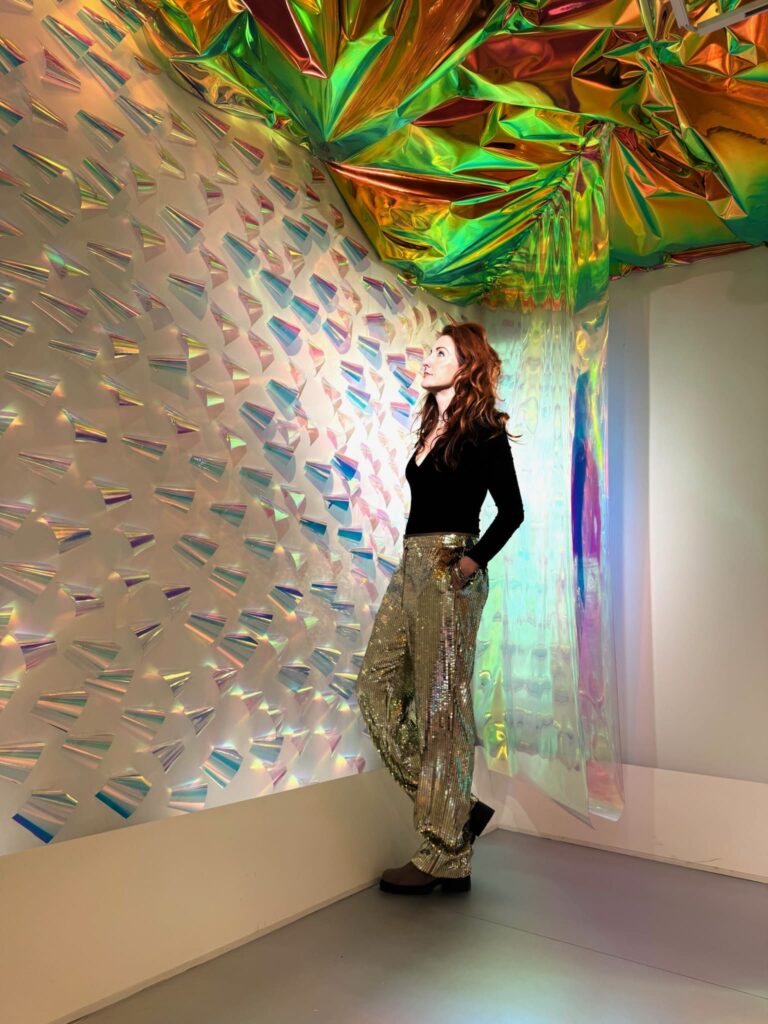
Light, color, and form are central to your creative process. How do you explore these elements and combine them to create emotionally resonant sensory experiences?
«I believe the success of an installation lies in its ability to resonate with our primal instincts. My work, through curved forms, natural materials, and the interplay between light and surfaces, reflects the movement and rhythm of the natural world, creating sensorial experiences that feel instinctively familiar. When light, color, and form harmonize with nature, an installation becomes something deeply moving and immersive. This connection transforms an installation from something visible to something truly felt.»
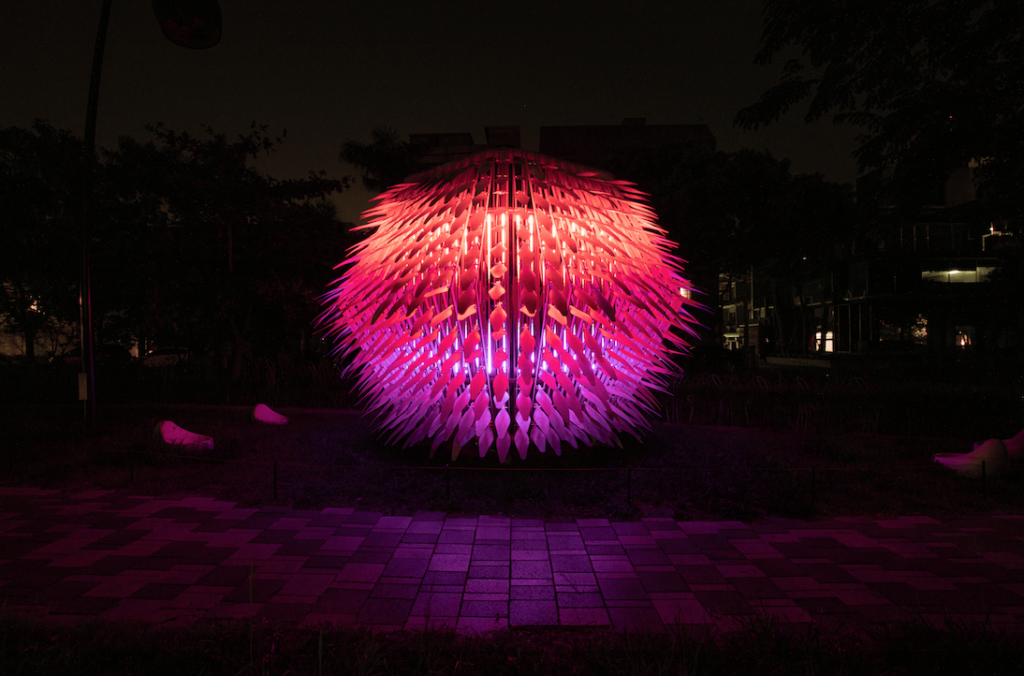
For you, light and emotional well-being are deeply connected. Based on your experience and research in neuroscience applied to design, could you elaborate on this connection?
«Light has a profound impact on the human brain, even more than food and water—it shapes our biology, emotions, and overall well-being. Circadian rhythms and scientific studies proving that light regulates every cell in our body are at the core of my work. That’s why I often say there is no illness unrelated to a disruption in these rhythms, emphasizing how crucial light is to our health.
My goal is to raise awareness of this light-well-being connection, integrating neuroscience into lighting design to create environments that respect our natural rhythms and enhance emotional well-being. Light is not just a visual element—it is a tool for healing, balance, and harmony.»
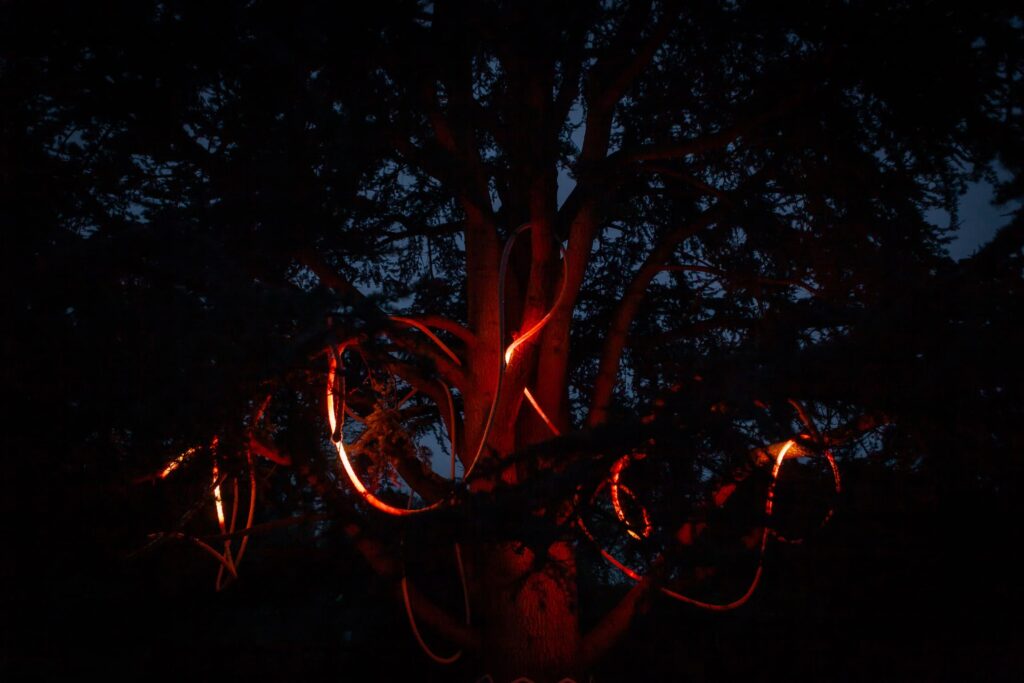
Beyond the emotional aspect, your work is also heavily influenced by technology. How do you balance these two seemingly opposing yet complementary forces?
«The balance between technology and emotion comes down to our perception of light. Three-dimensional light has a much stronger emotional impact than screen-based light, which often creates a sense of disconnection. When light moves through space, reflecting off materials and interacting with the environment, it makes us feel more present and encourages introspection. By merging technology with human perception, my goal is to create immersive experiences where light is not just an illuminator but a medium that evokes emotion, memory, and connection.»
Focused on innovation, Intra-spectrum—your installation at London’s LiGHT 24—explores the concept of consciousness and the subconscious. How did you achieve this through lighting and technology?
«First and foremost, ensuring high-quality lighting with a high Color Rendering Index (CRI) was essential, so the colors of Intra-spectrum appeared natural and seamlessly integrated into the surrounding space.
I designed dynamic lighting effects to create slow, organic movements, like drifting clouds or rippling water, to evoke curiosity and introspection. A key element was the interaction between material, light, and reflection, something we often overlook but one of nature’s most astonishing features. The goal was to amplify these interactions, highlighting the transformative power of light.»
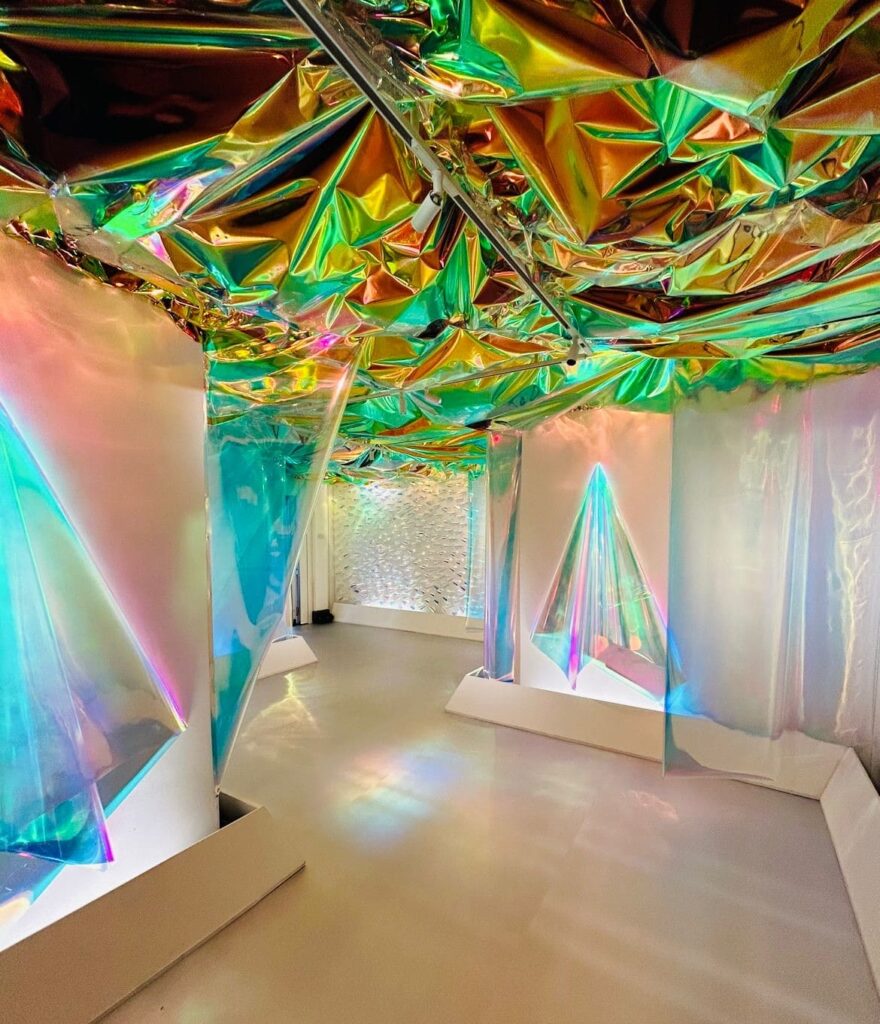
How do visitors react to your work? Has any response particularly surprised you? I imagine this is the greatest reward for you…
«Hearing people describe how my installations resonate with them is incredibly rewarding. Every effort is worth it when someone forms an emotional connection with the space—whether it’s a feeling of calm, wonder, or introspection.
The most meaningful reactions are always the genuine, spontaneous ones—those are the greatest rewards I could ask for.»
